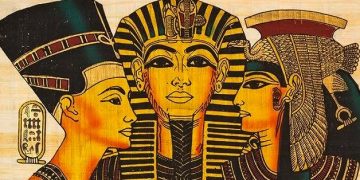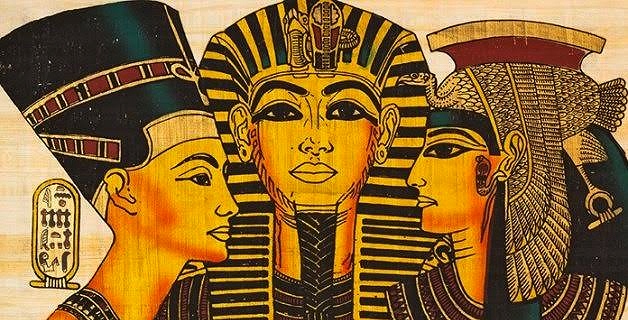Egyptian archaeologists have made significant new discoveries at the Saqqara necropolis, situated south of Cairo.
The findings include the unearthing of two distinct embalming workshops—one dedicated to mummifying both humans and animals, while the other exclusively focused on human mummification.
In addition, the tombs of two priests have also been brought to light.
Commenting on the remarkable findings, Mostafa Waziri, the esteemed head of Egypt’s Supreme Council of Antiquities, revealed, “We found two big workshops, one for humans and then used in mummifying animals, while the second workshop is for humans only. We also found beds, mummification tools, and materials.”
The discoveries shed light on the intricate processes and techniques employed in ancient Egyptian embalming practices.
Among the notable discoveries was the tomb of Ne Hesut Ba, a priest who served during the fifth dynasty of the old kingdom approximately 4,500 years ago.
The significant find offers invaluable insights into the religious and cultural practices of that era.
What sets these findings apart is their association with the temples. Mohamed Youssef, the director of the Saqqara archaeological site, emphasized their significance, stating, “This is the first time we discovered embalming workshops associated with the temples. All the previous embalming workshops were related to Apis, the old Egyptian God of fertility and death, in Memphis. That means it is an important discovery to have found embalming workshops here in Saqqara.”
Youssef further revealed that the excavation yielded a wealth of captivating artefacts, including statues showcasing the artistic brilliance of the old kingdom, dating back 4,500 years.
In addition, antiquities and artefacts from the new kingdom, dating back 3,300 years, were discovered, alongside exquisite jewellery and accessories.
Notably, among the finds was an intriguing revelation of ancient Egyptian cheese preserved in pottery jars and placed beside the deceased.
The archaeological discoveries serve as a vital catalyst for Egypt’s ongoing efforts to revive its tourism industry, which has been significantly impacted by the Covid pandemic.
The Egyptian government aims to attract 30 million tourists annually by 2028, a notable increase from the pre-pandemic figure of 13 million visitors.
A pivotal part of this strategy is the highly anticipated opening of the Grand Egyptian Museum in Giza, located at the base of the pyramids.




































